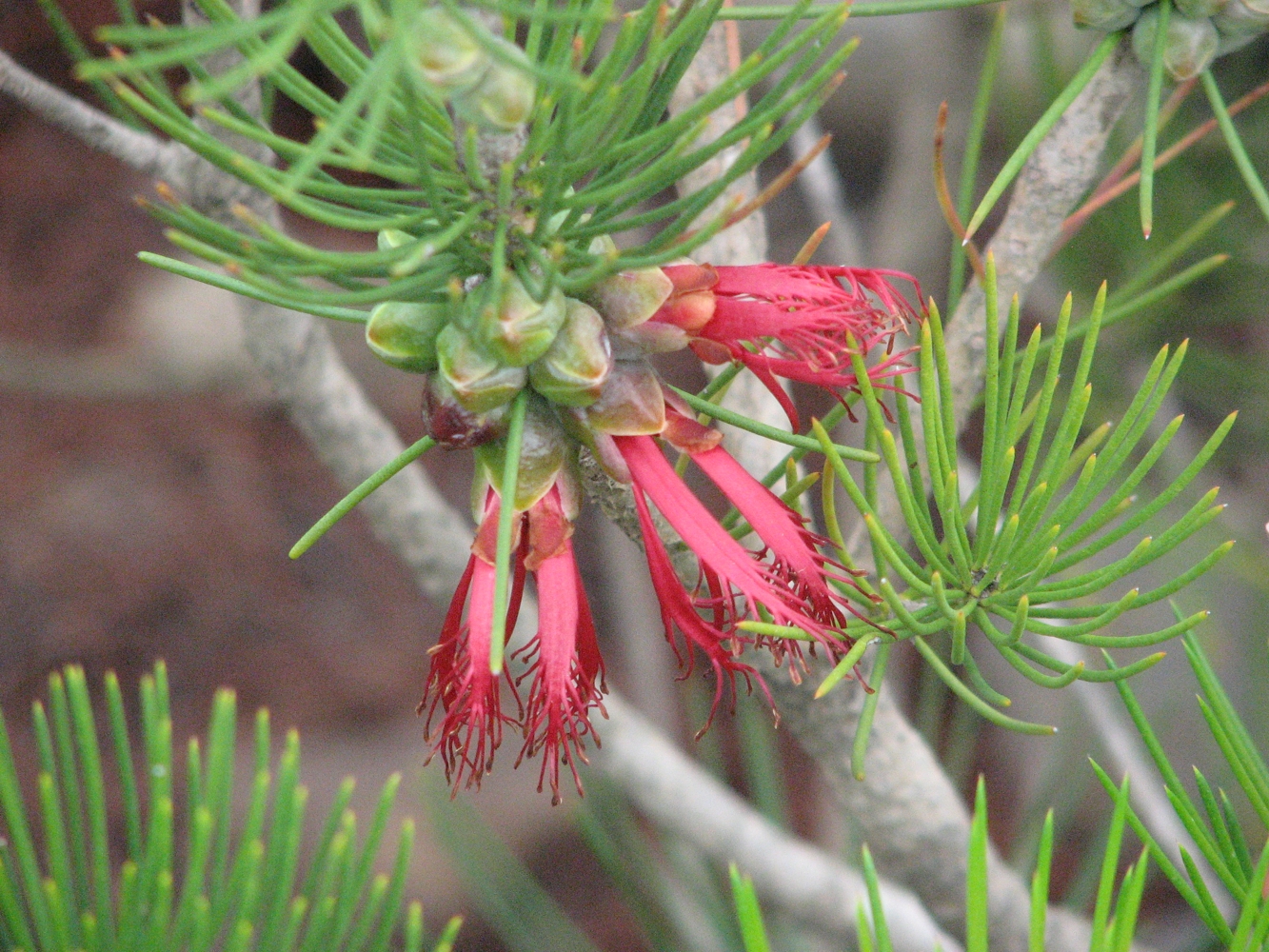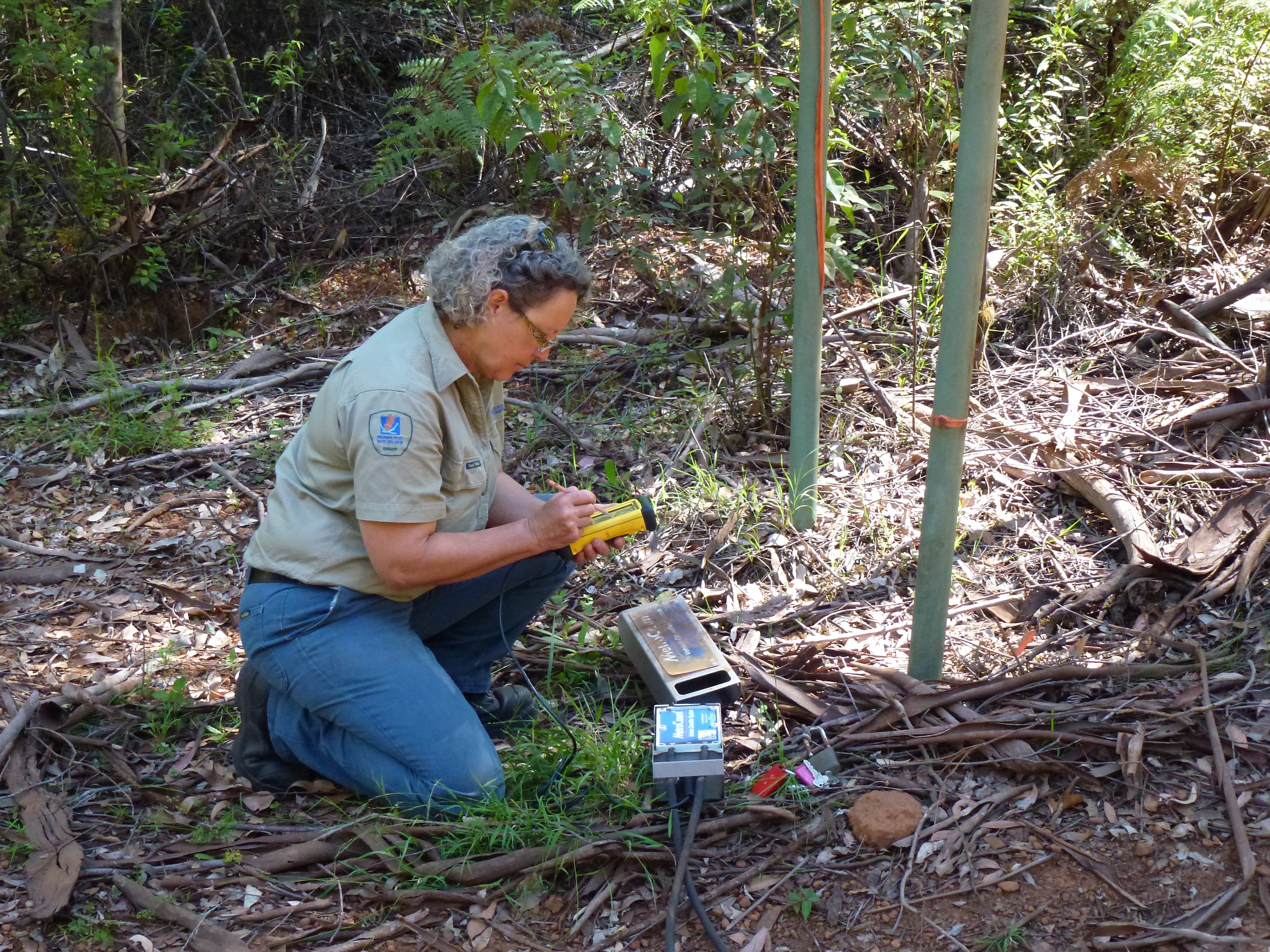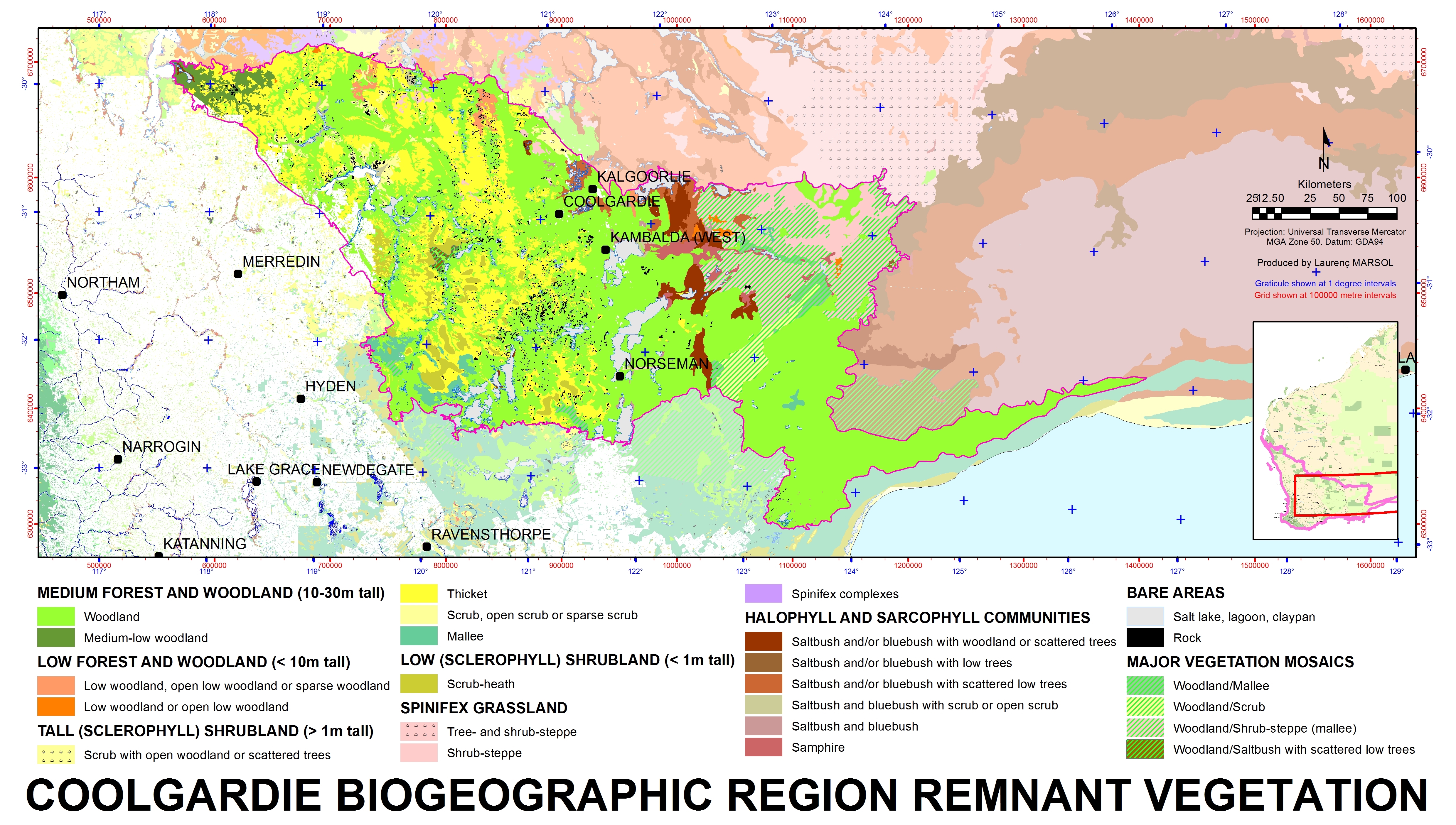|
Calothamnus Superbus
''Calothamnus superbus'' is a plant in the myrtle family, Myrtaceae and is endemic to the south-west of Western Australia. It is an erect, often spreading, straggly shrub similar to ''Calothamnus aridus'' with its red flowers having 5 stamen bundles, but its leaves are longer and wider. It has a limited distribution near Pigeon Rocks south of Lake Barlee. (In 2014 Craven, Edwards and Cowley proposed that the species be renamed ''Melaleuca superba''.) Description ''Calothamnus superbus'' is an erect spreading shrub with many branches growing to a height of about . Its leaves are mostly long, in diameter, linear, circular in cross section and taper to a sharp point. There are prominent oil glands on the leaves. The flowers are red and arranged in small clusters of about 3 or about 10 in a loose spike between the leaves on the younger branches. The petals are long, thin, papery and orange to brown. The stamens are arranged in 5 claw-like bundles usually with 12 to 17 stamens per ... [...More Info...] [...Related Items...] OR: [Wikipedia] [Google] [Baidu] |
Lyndley Craven
Lyndley Alan Craven (3 September 1945 – 11 July 2014) was a botanist who became the Principal Research Scientist of the Australian National Herbarium. Lyndley ("Lyn") Craven worked for the CSIRO plant taxonomy unit of the New Guinea Survey Group, Division of Land Research and Regional Survey from 1964 to 1967. This was part of a unit that became the Australian National Herbarium, Centre for Australian National Biodiversity Research. Craven's duties included botanical support for land resources surveys. Craven then left to study horticulture at Burnley Horticultural College, Victoria, earning the degree of Diploma of Horticultural Science in 1970 before being briefly employed by the Parks and Gardens Branch of Department of the Interior, Canberra. Part of this department later became the Canberra Botanic Garden and eventually the Australian National Herbarium, Centre for Australian National Biodiversity Research at the Australian National Botanic Gardens. In 1984, he earned th ... [...More Info...] [...Related Items...] OR: [Wikipedia] [Google] [Baidu] |
Botanical Name
A botanical name is a formal scientific name conforming to the ''International Code of Nomenclature for algae, fungi, and plants'' (ICN) and, if it concerns a plant cultigen, the additional cultivar or Group epithets must conform to the '' International Code of Nomenclature for Cultivated Plants'' (ICNCP). The code of nomenclature covers "all organisms traditionally treated as algae, fungi, or plants, whether fossil or non-fossil, including blue-green algae ( Cyanobacteria), chytrids, oomycetes, slime moulds and photosynthetic protists with their taxonomically related non-photosynthetic groups (but excluding Microsporidia)." The purpose of a formal name is to have a single name that is accepted and used worldwide for a particular plant or plant group. For example, the botanical name '' Bellis perennis'' denotes a plant species which is native to most of the countries of Europe and the Middle East, where it has accumulated various names in many languages. Later, the plant w ... [...More Info...] [...Related Items...] OR: [Wikipedia] [Google] [Baidu] |
Myrtales Of Australia
The Myrtales are an order of flowering plants placed as a sister to the eurosids II clade as of the publishing of the ''Eucalyptus grandis'' genome in June 2014. The APG III system of classification for angiosperms still places it within the eurosids. This finding is corroborated by the placement of the Myrtales in the Malvid clade by the One Thousand Plant Transcriptomes Initiative. The following families are included as of APGIII: * Alzateaceae S. A. Graham * Combretaceae R. Br. ( leadwood family) * Crypteroniaceae A. DC. * Lythraceae J. St.-Hil. ( loosestrife and pomegranate family) * Melastomataceae Juss. (including Memecylaceae DC.) * Myrtaceae Juss. (myrtle family; including Heteropyxidaceae Engl. & Gilg, Psiloxylaceae Croizat) * Onagraceae Juss. ( evening primrose and Fuchsia family) * Penaeaceae Sweet ex Guill. (including Oliniaceae Arn., Rhynchocalycaceae L. A. S. Johnson & B. G. Briggs) * Vochysiaceae A. St.-Hil. The Cronquist system gives essentially the same c ... [...More Info...] [...Related Items...] OR: [Wikipedia] [Google] [Baidu] |
Calothamnus
''Calothamnus'' is a genus of shrubs in the family Myrtaceae and is endemic to the south-west of Western Australia. The common names one-sided bottlebrush or claw flower are given to some species due to their having the flowers clustered on one side of the stem or because of the claw-like appearance of their flowers. ''Calothamnus'' species are generally medium to tall woody shrubs with crowded leaves. In most species the leaves are crowded and linear in shape, and the flowers are usually arranged in dense clusters. The petals are small and fall off the flower soon after it opens but the stamens are long, numerous and usually bright red. Description Plants in the genus ''Calothamnus'' are medium to tall shrubs, sometimes low-growing ground covers. The leaves are linear or narrow lance-shaped with the narrower end towards the base, usually glabrous and have distinct oil glands. The flowers are in small groups or dense spikes on leafless, older stems or between the leaves on ... [...More Info...] [...Related Items...] OR: [Wikipedia] [Google] [Baidu] |
Department Of Parks And Wildlife (Western Australia)
The Department of Parks and Wildlife (DPaW) was the department of the Government of Western Australia responsible for managing lands described in the ''Conservation and Land Management Act 1984'' and implementing the state's conservation and environment legislation and regulations. The minister responsible for the department was the Minister for the Environment (Western Australia), Minister for the Environment. History The Department of Environment and Conservation (Western Australia), Department of Environment and Conservation (DEC) was separated on 30 June 2013, forming the Department of Parks and Wildlife (DPaW) and the Department of Environment Regulation (DER), both of which commenced operations on 1 July 2013. DPaW focused on managing multiple use state forests, national parks, marine parks and reserves. DER focused on environmental regulation, approvals and appeals processes, and pollution prevention. It was announced on 28 April 2017 that the Department of Parks and Wi ... [...More Info...] [...Related Items...] OR: [Wikipedia] [Google] [Baidu] |
Declared Rare And Priority Flora List
The Declared Rare and Priority Flora List is the system by which Western Australia's conservation flora are given a priority. Developed by the Government of Western Australia's Department of Environment and Conservation, it was used extensively within the department, including the Western Australian Herbarium. The herbarium's journal, '' Nuytsia'', which has published over a quarter of the state's conservation taxa, requires a conservation status to be included in all publications of new Western Australian taxa that appear to be rare or endangered. The system defines six levels of priority taxa: ;X: Threatened (Declared Rare Flora) – Presumed Extinct Taxa: These are taxa that are thought to be extinct, either because they have not been collected for over 50 years despite thorough searching, or because all known wild populations have been destroyed. They have been declared as such in accordance with the Wildlife Conservation Act 1950, and are therefore afforded legislative prot ... [...More Info...] [...Related Items...] OR: [Wikipedia] [Google] [Baidu] |
IBRA
The Interim Biogeographic Regionalisation for Australia (IBRA) is a biogeographic regionalisation of Australia developed by the Australian government's Department of Sustainability, Environment, Water, Population, and Communities. It was developed for use as a planning tool, for example for the establishment of a national reserve system. The first version of IBRA was developed in 1993–94 and published in 1995. Within the broadest scale, Australia is a major part of the Australasia biogeographic realm, as developed by the World Wide Fund for Nature The World Wide Fund for Nature Inc. (WWF) is an international non-governmental organization founded in 1961 that works in the field of wilderness preservation and the reduction of human impact on the environment. It was formerly named the Wor .... Based on this system, the world is also split into 14 terrestrial habitats, of which eight are shared by Australia. The Australian land mass is divided into 89 bioregions and 4 ... [...More Info...] [...Related Items...] OR: [Wikipedia] [Google] [Baidu] |
Coolgardie (biogeographic Region)
Coolgardie is an Australian bioregion consisting of an area of low hills and plains of infertile sandy soil in Western Australia. It has an area of . It includes much of the Great Western Woodlands. Location and description This is a transition zone between the Mediterranean climate of Australia's south-west coast and the country's dry interior. The poor soil makes it unsuitable for agriculture but Coolgardie has been a gold and nickel mining area. It is bounded on the north by the arid Murchison bioregion, characterised by open Mulga woodlands and steppe. The low shrublands of the arid Nullarbor Plain lie to the east. The Mallee bioregion adjoins Coolgardie on the south. The Avon Wheatbelt bioregion is to the west. The Coolgardie bioregion, together with the coastal Hampton bioregion to the southeast, constitute the Coolgardie woodlands ecoregion defined by the World Wildlife Fund. Flora and fauna The low hills are home to woodland of endemic species of eucalyptus whil ... [...More Info...] [...Related Items...] OR: [Wikipedia] [Google] [Baidu] |
Latin
Latin (, or , ) is a classical language belonging to the Italic branch of the Indo-European languages. Latin was originally a dialect spoken in the lower Tiber area (then known as Latium) around present-day Rome, but through the power of the Roman Republic it became the dominant language in the Italian region and subsequently throughout the Roman Empire. Even after the fall of Western Rome, Latin remained the common language of international communication, science, scholarship and academia in Europe until well into the 18th century, when other regional vernaculars (including its own descendants, the Romance languages) supplanted it in common academic and political usage, and it eventually became a dead language in the modern linguistic definition. Latin is a highly inflected language, with three distinct genders (masculine, feminine, and neuter), six or seven noun cases (nominative, accusative, genitive, dative, ablative, and vocative), five declensions, four ... [...More Info...] [...Related Items...] OR: [Wikipedia] [Google] [Baidu] |
Nuytsia (journal)
''Nuytsia'' is a peer-reviewed scientific journal published by the Western Australian Herbarium. It publishes papers on systematic botany, giving preference to papers related to the flora of Western Australia. Nearly twenty percent of Western Australia's plant taxa have been published in ''Nuytsia''. The journal was established in 1970 and has appeared irregularly since. The editor-in-chief An editor-in-chief (EIC), also known as lead editor or chief editor, is a publication's editorial leader who has final responsibility for its operations and policies. The highest-ranking editor of a publication may also be titled editor, managing ... is Kevin Thiele. ''Nuytsia'' is named after the monospecific genus ''Nuytsia'', whose only species is '' Nuytsia floribunda'', the Western Australian Christmas tree. Occasionally, the journal has published special issues, such as an issue in 2007 substantially expanding described species from Western Australia. Publication details The record ... [...More Info...] [...Related Items...] OR: [Wikipedia] [Google] [Baidu] |
Family (biology)
Family ( la, familia, plural ') is one of the eight major hierarchical taxonomic ranks in Linnaean taxonomy. It is classified between order and genus. A family may be divided into subfamilies, which are intermediate ranks between the ranks of family and genus. The official family names are Latin in origin; however, popular names are often used: for example, walnut trees and hickory trees belong to the family Juglandaceae, but that family is commonly referred to as the "walnut family". What belongs to a family—or if a described family should be recognized at all—are proposed and determined by practicing taxonomists. There are no hard rules for describing or recognizing a family, but in plants, they can be characterized on the basis of both vegetative and reproductive features of plant species. Taxonomists often take different positions about descriptions, and there may be no broad consensus across the scientific community for some time. The publishing of new data and opi ... [...More Info...] [...Related Items...] OR: [Wikipedia] [Google] [Baidu] |
Capsule (botany)
In botany a capsule is a type of simple, dry, though rarely fleshy dehiscent fruit produced by many species of angiosperms (flowering plants). Origins and structure The capsule (Latin: ''capsula'', small box) is derived from a compound (multicarpeled) ovary. A capsule is a structure composed of two or more carpels. In (flowering plants), the term locule (or cell) is used to refer to a chamber within the fruit. Depending on the number of locules in the ovary, fruit can be classified as uni-locular (unilocular), bi-locular, tri-locular or multi-locular. The number of locules present in a gynoecium may be equal to or less than the number of carpels. The locules contain the ovules or seeds and are separated by septa. Dehiscence In most cases the capsule is dehiscent, i.e. at maturity, it splits apart (dehisces) to release the seeds within. A few capsules are indehiscent, for example those of '' Adansonia digitata'', '' Alphitonia'', and ''Merciera''. Capsules are often cla ... [...More Info...] [...Related Items...] OR: [Wikipedia] [Google] [Baidu] |
.jpg)





.png)